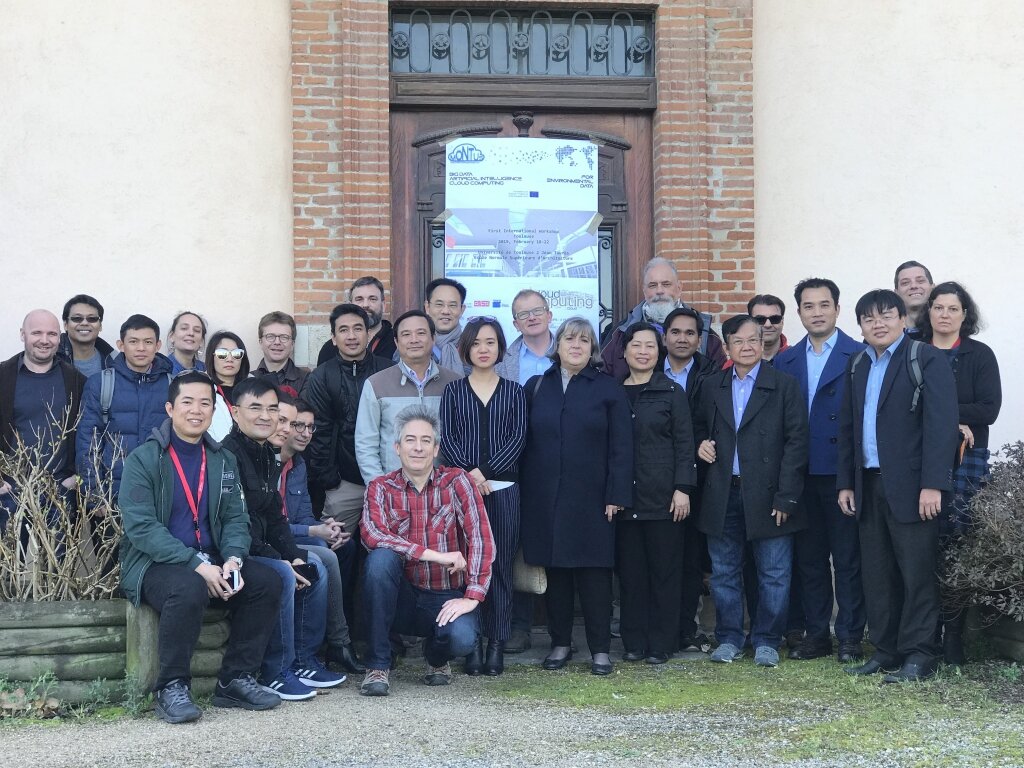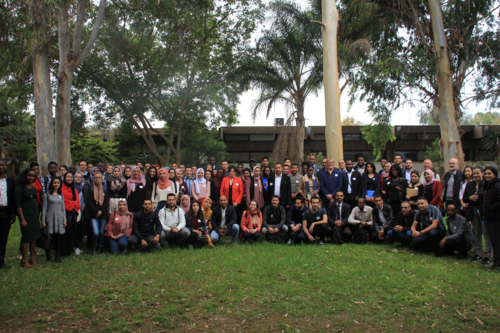Surface water provides several benefits to African communities, but the availability of surface water resources has undergone changes due to Climate Change (CC) and Land Use and Land Cover change (LULCC). While more studies focus on projecting impacts of CC on the water resources in Africa, there have been very few studies projecting the combined impacts of CC and LULCC.
Hydrological models are often used to assess the spatial and temporal aspects of water resources on the continent. However, development of continental scale hydrological models is limited by computational demands and data requirements for setting up and calibrating such models. Furthermore, it has recently been shown that hydrological modelling suffers from lack of reproducibility which limits the ability of hydrologists to build upon previous findings.
In this study we analyse how the African surface water resources will respond to CC and LULCC using the SWAT+ model which we set up for the African continent. We first develop a framework that boosts the provenance of model applications to improve the reproducibility of SWAT+ model studies. We then develop and test a methodology for configuring and calibrating large-scale SWAT+ model applications and for improving the human interactions such as reservoirs and irrigation. We show that there is a significant difference in projections made by calibrated and uncalibrated large-scale models and that calibration of global and continental scale models is necessary. Adaptations were made to the SWAT+ source code to allow simulation of land use change using the Land Use Harmonisation Project data. We run projections using the SWAT+ model for Africa driven by pure CC scenarios and by a combination of CC and LULCC.
Results from CC scenarios show that the Congo River basin is likely to experience lower average river flows under all Representative Concentration Pathways (RCPs). Niger River basin is likely to experience a strong decrease in river flows under RCPs 6.0 and 8.5. Limpopo River basin is likely to experience increases in average flows under all RCPs. The Nile, Senegal, and Orange have mixed signals between RCPs, which calls for more careful planning of water resources for the future in these regions. Including LULCC in projections results in significant deviations from projections made by considering pure CC. The Congo basin has a strong decrease in evapotranspiration (ET) under LULCC and CC driven by projected deforestation, yet it has an increase in ET under CC alone. The Congo River basin experiences a shift from a decrease of river flows under pure CC scenarios to an increase in river flows when LULCC is considered. Thus, the potential impacts of LULCC should not be underestimated.
The projected changes have implications on agriculture and hence the livelihood of people on the continent. Our results highlight the need to adopt policies to halt global greenhouse gas emissions and to combat the current trend of deforestation in Africa given the high combined impact of CC and LULCC on water resources.





